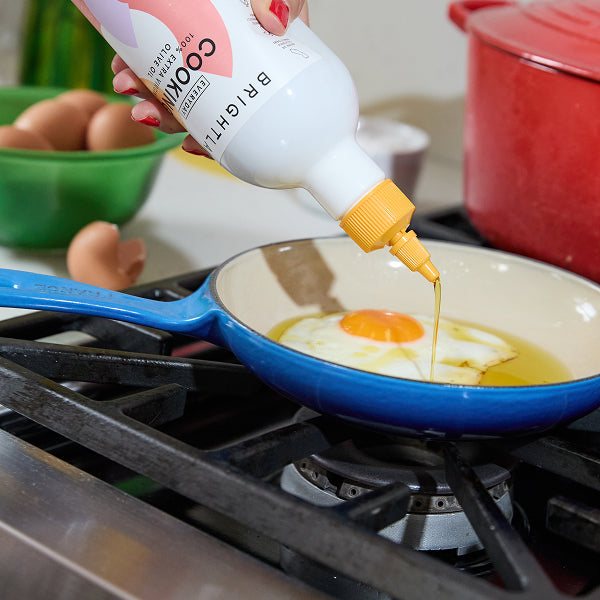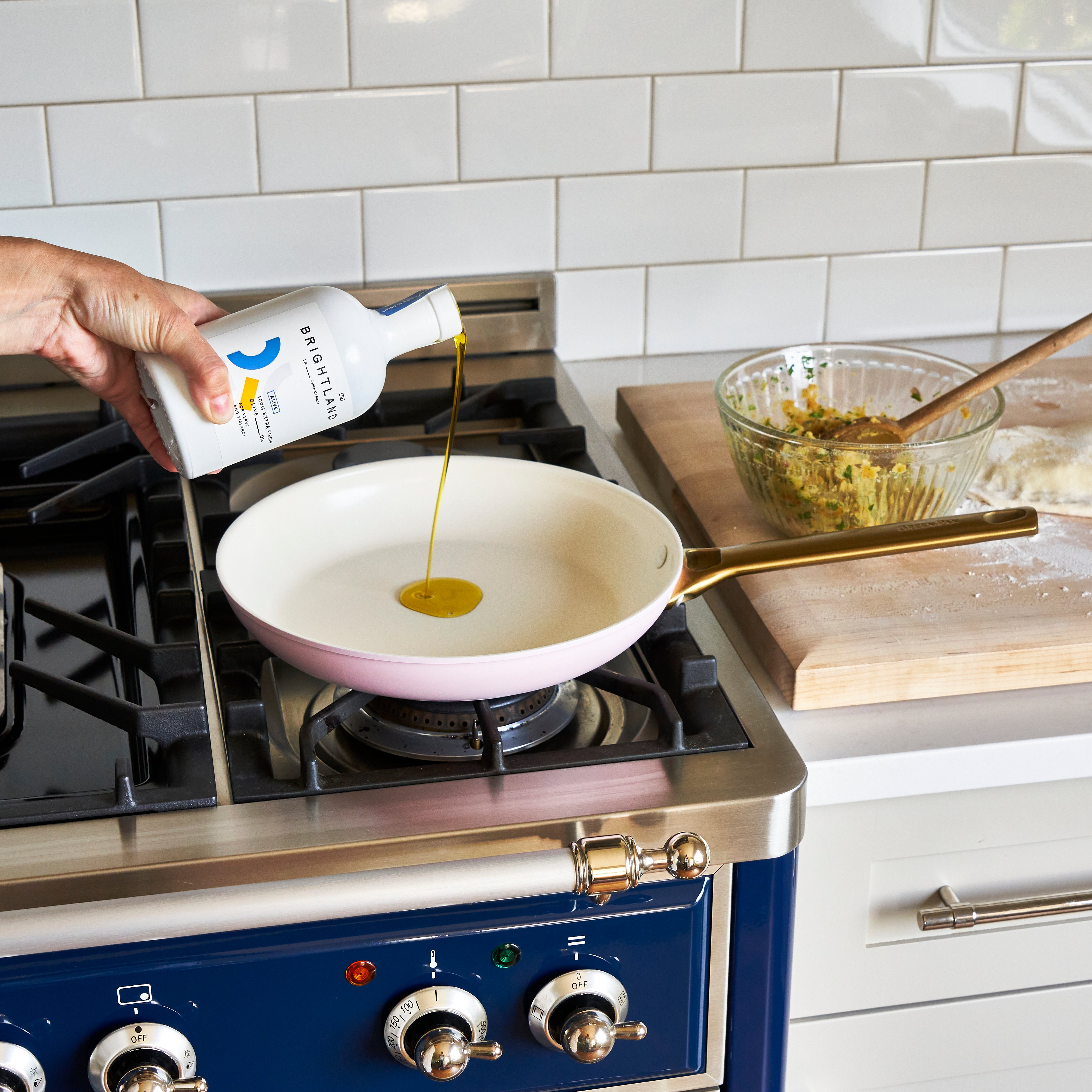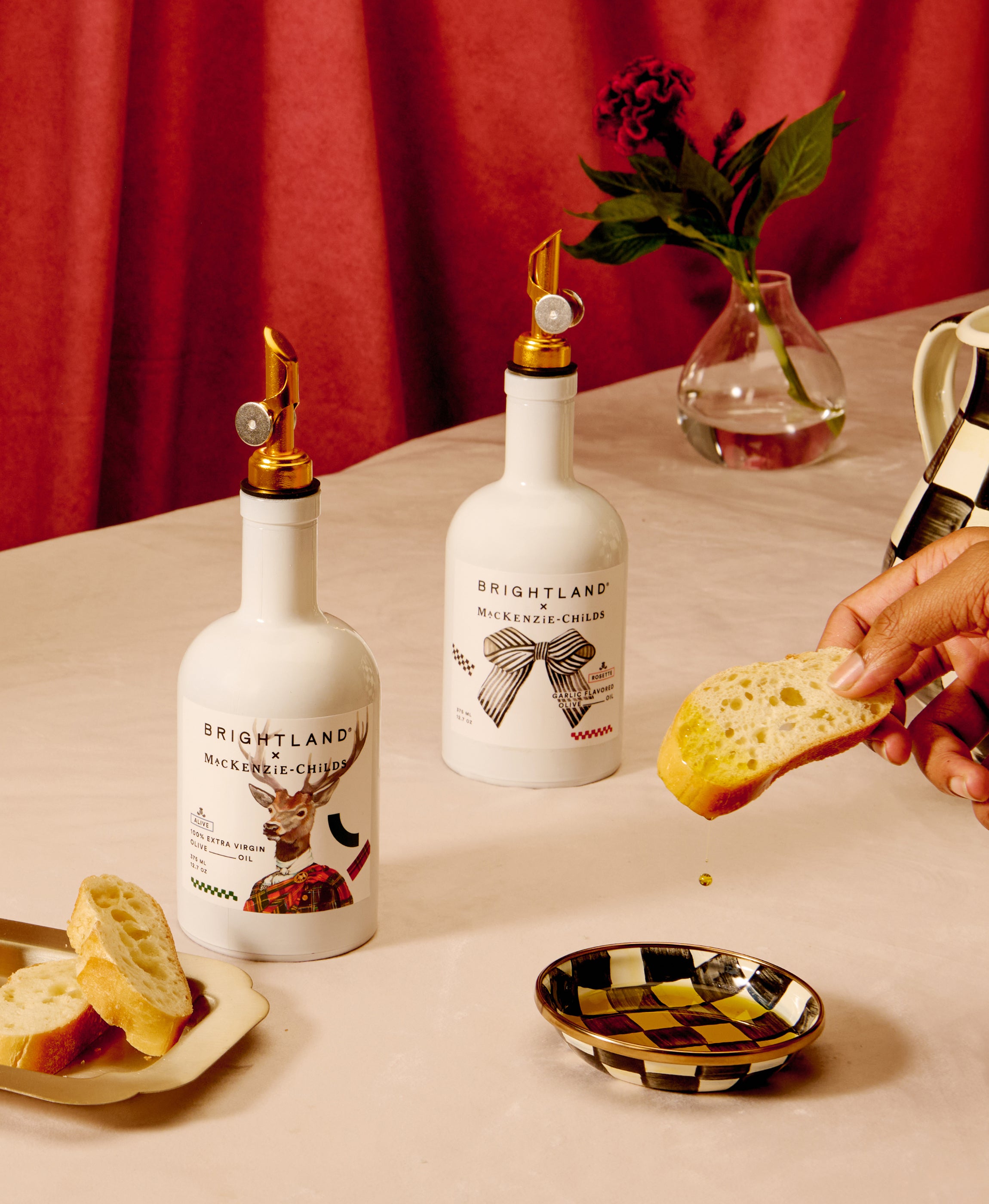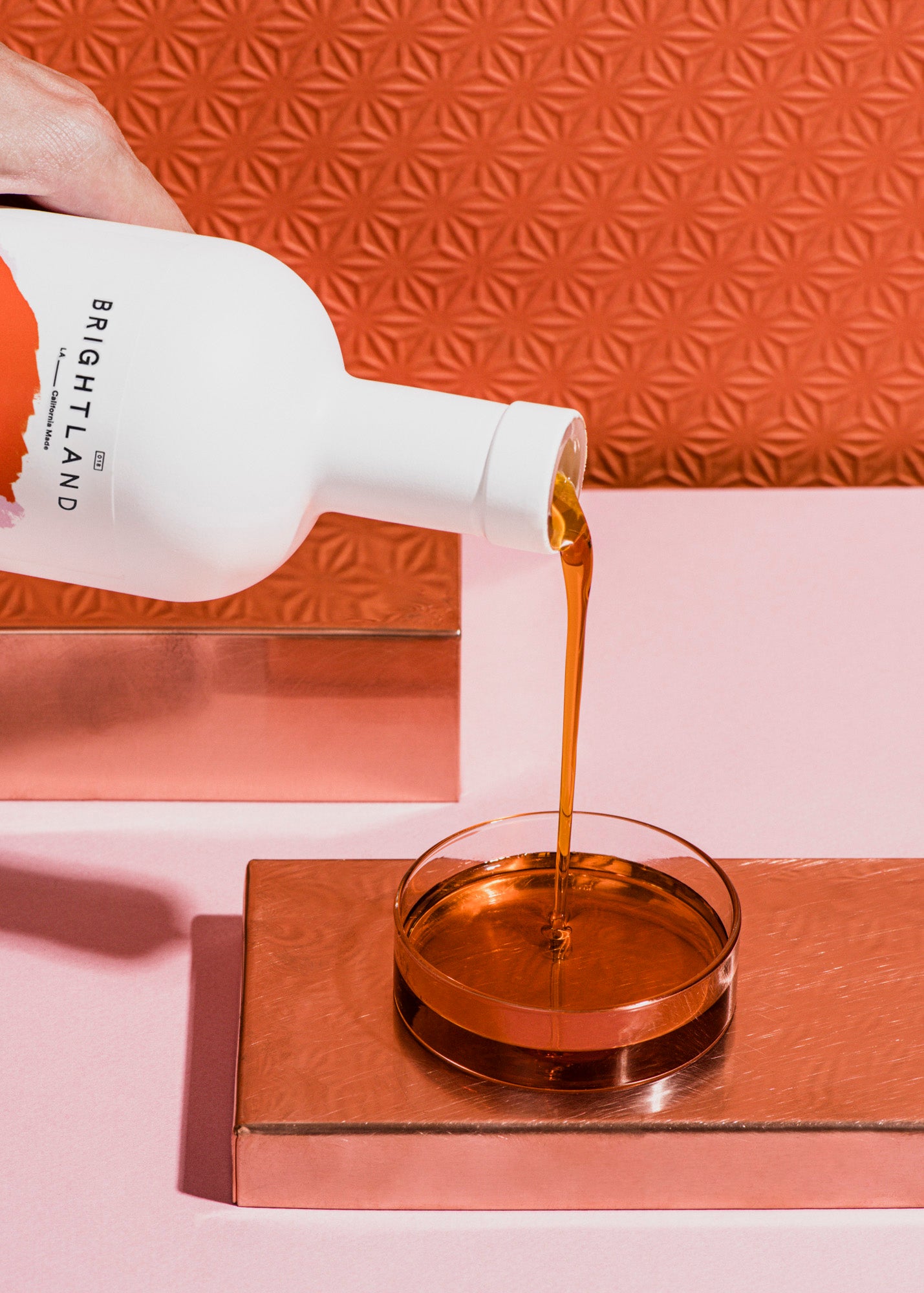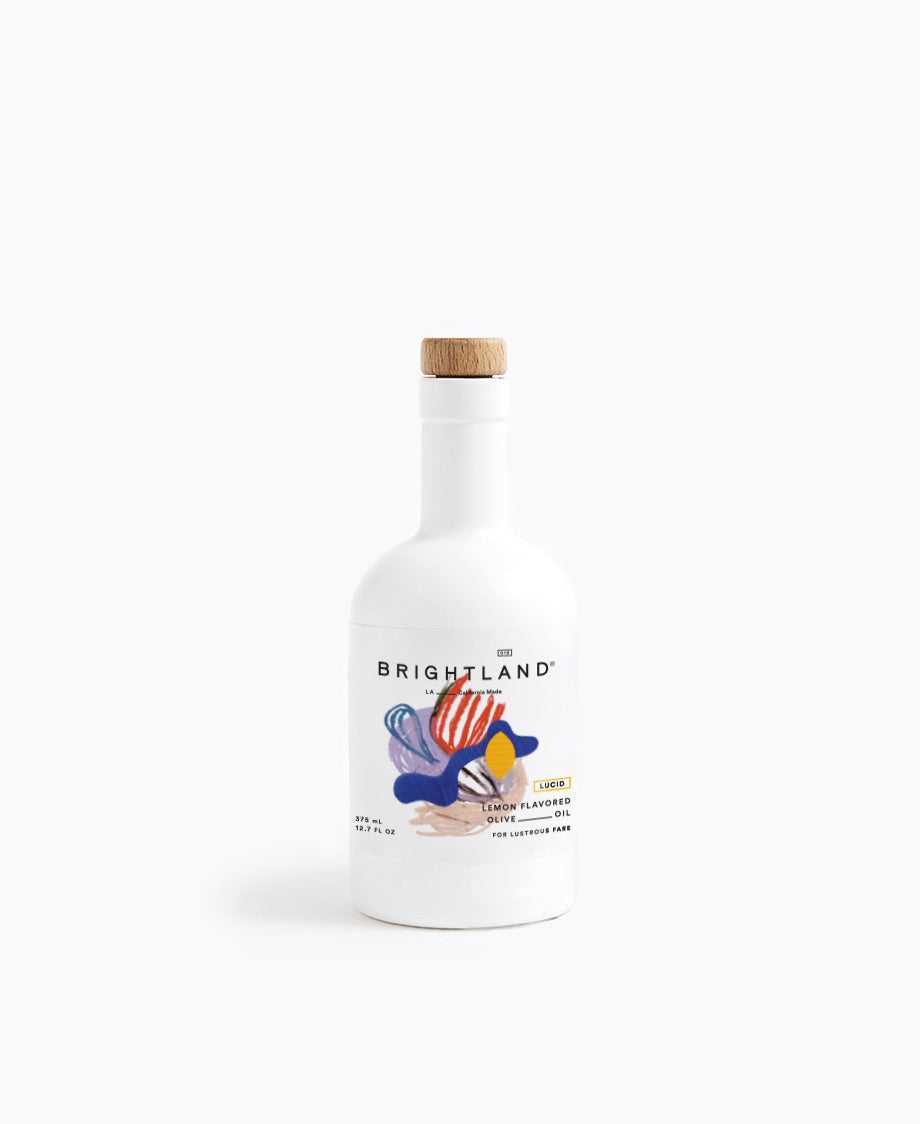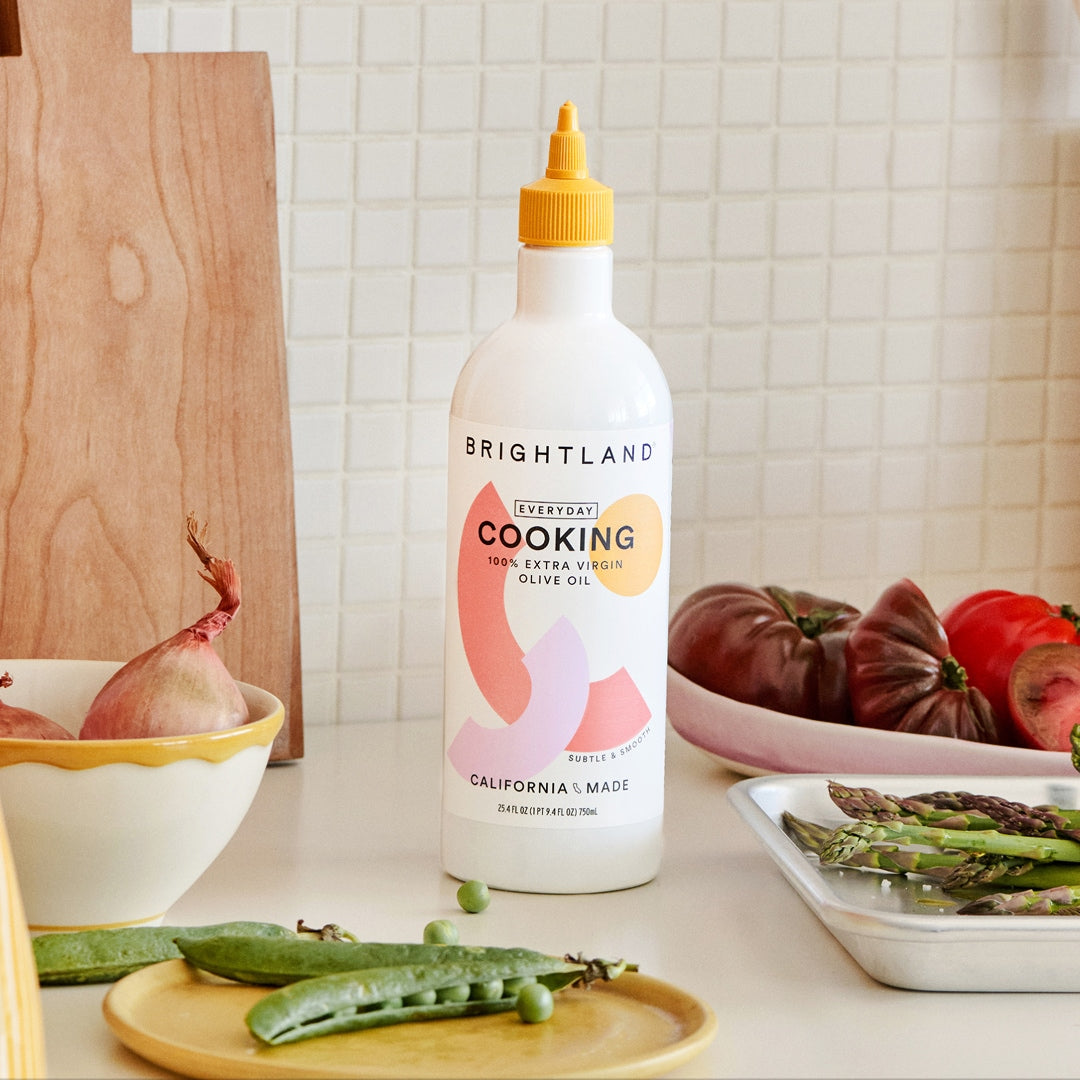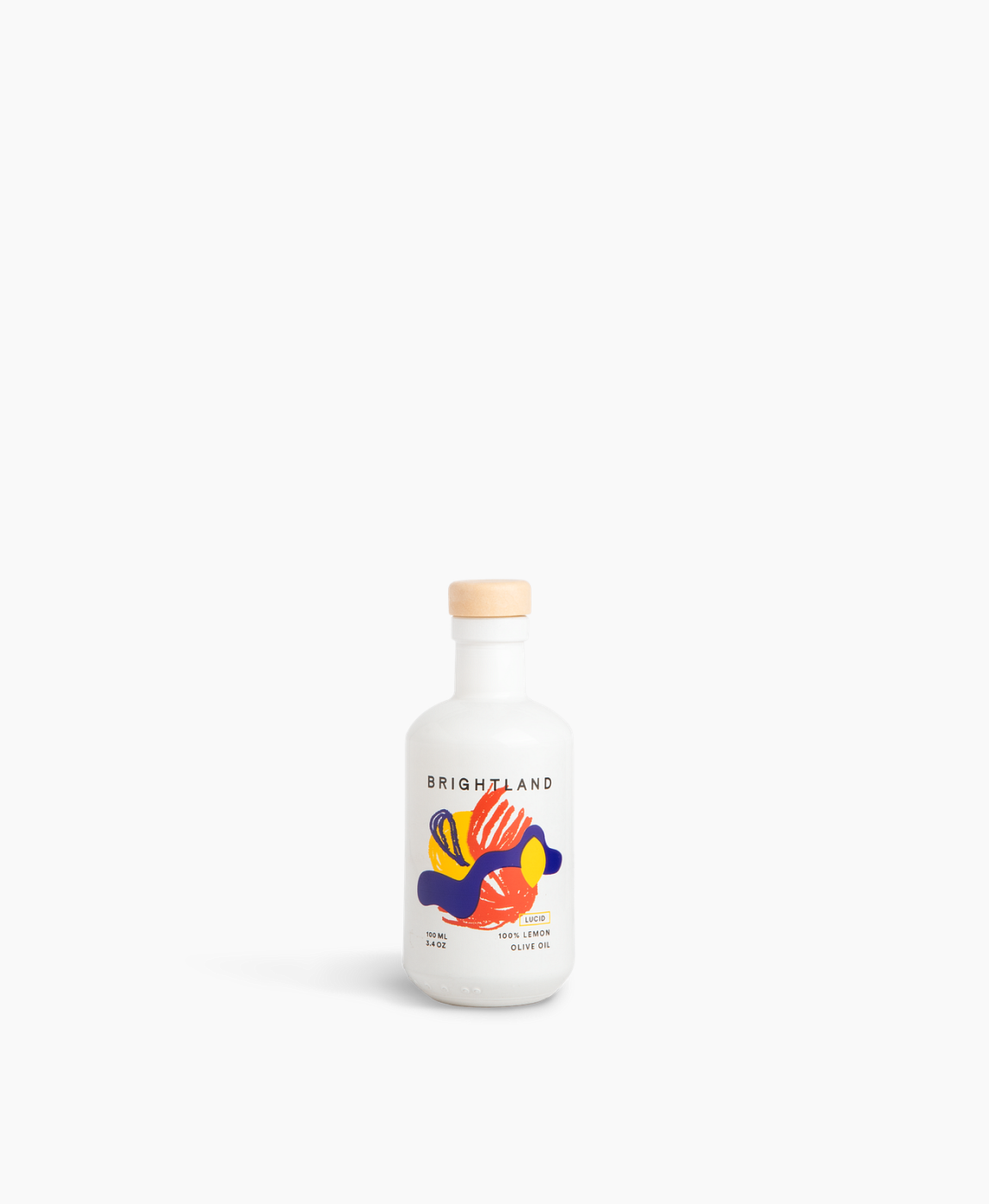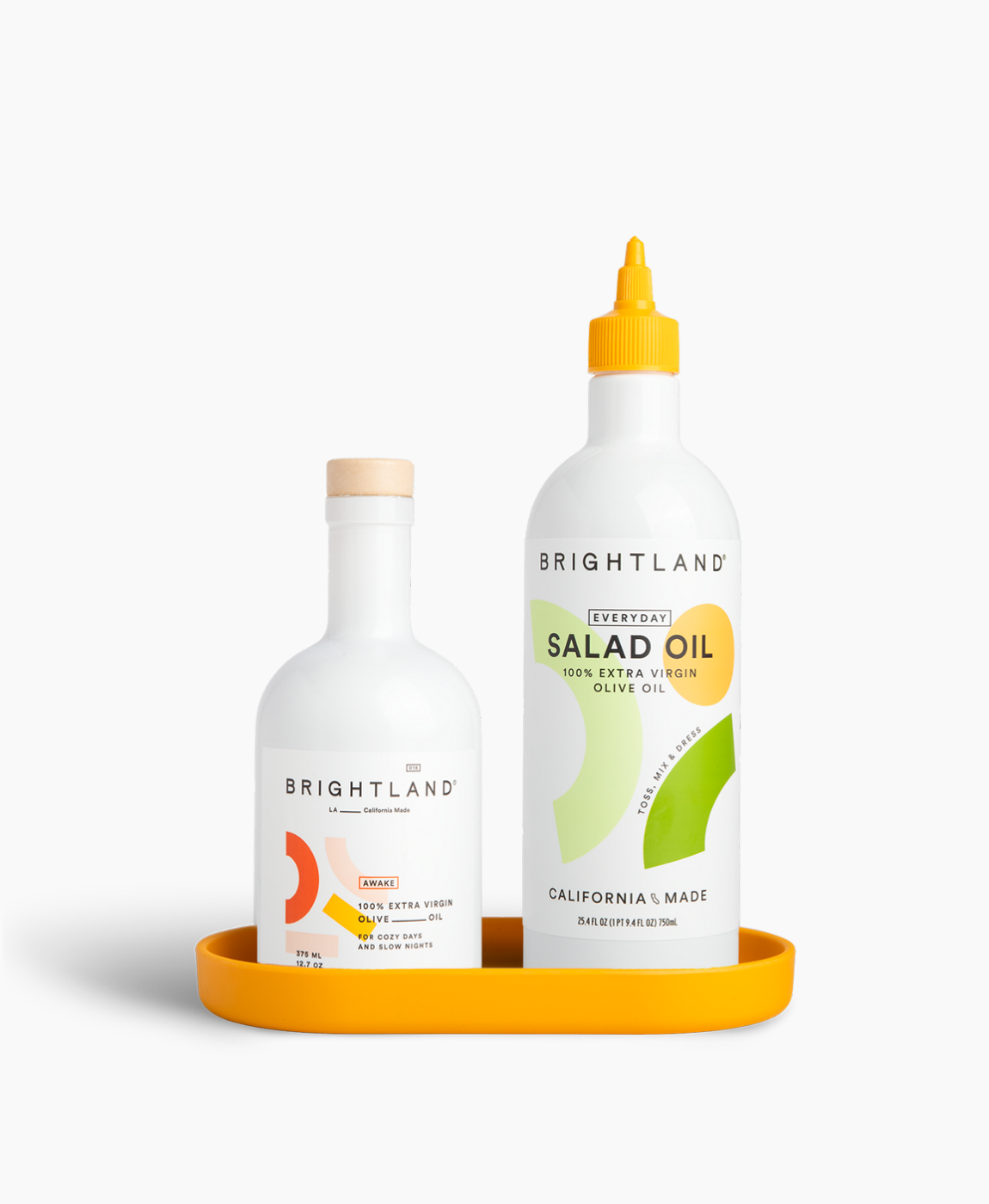LEARN
Cooking Oils: Vegetable vs. Olive Oil
Vegetable oil is in nearly every kitchen, but few know what's actually in it. Know the differences so you can choose the best cooking oil for health, flavor and versatility.
Shop Brightland OilsThe Duo
Our two bestselling extra virgin olive oils, paired together to enhance every meal.

What's in the bottle?
“Vegetable oil” is a catchall term for any oil that comes from plant sources, so it could be any blend of canola, corn, soybean, palm, or other unnamed seed oils.
Extra virgin olive oil is madeonlyfrom ripe, fruity olives, and nothing else. Brightland’s olives are grown without pesticides or chemicals, and harvested from small family farms in California’s Central Coast.
How they're made
Vegetable oils are heavily refined, made from seeds that must be processed with solvents like hexane (found in gasoline) to extract the oil, and heated multiple times in order to remove any flavors or odors.
To make extra virgin olive oil, olive fruit is harvested and simply pressed quickly after harvest. Brightland’s olives are cold-pressed by a master miller within 90 minutes of harvest for peak freshness, nutrition and flavor.
Tastes good...
Contrary to popular belief, seed oils don’t naturally taste neutral. Vegetable oil's "neutral" flavor comes from heavy processing to remove any flavors or odors that are present in the oil. Some also report an acidic flavor when heating seed oils to high temperatures.
Extra virgin olive oil is known for its rich, grassy flavor and aroma. Brightland olive oil is fruity and peppery, ready to enhance any dish. And because fresh olive oil has a natural smoke point of up to 410F, you can sear, roast, and saute away.
...and feels good.
When vegetable oil is produced, most of the seed’s original nutrients are destroyed due to the heating, refining, and processing necessary to squeeze oil from seeds.
Cold-pressed extra virgin olive retains its many nutritional benefits. Antioxidants are at their peak when the oil is fresh, and our locally sourced olive oils have a sky-high polyphenol count between 555 and 774 mg/kg (most oils test at 80-150 mg/kg).
New to Brightland? Start here.
Our cold-pressed extra virgin olive oil is made with early harvest olives grown on small California farms, and always current to the most recent harvest — for golden freshness you can actually taste.


